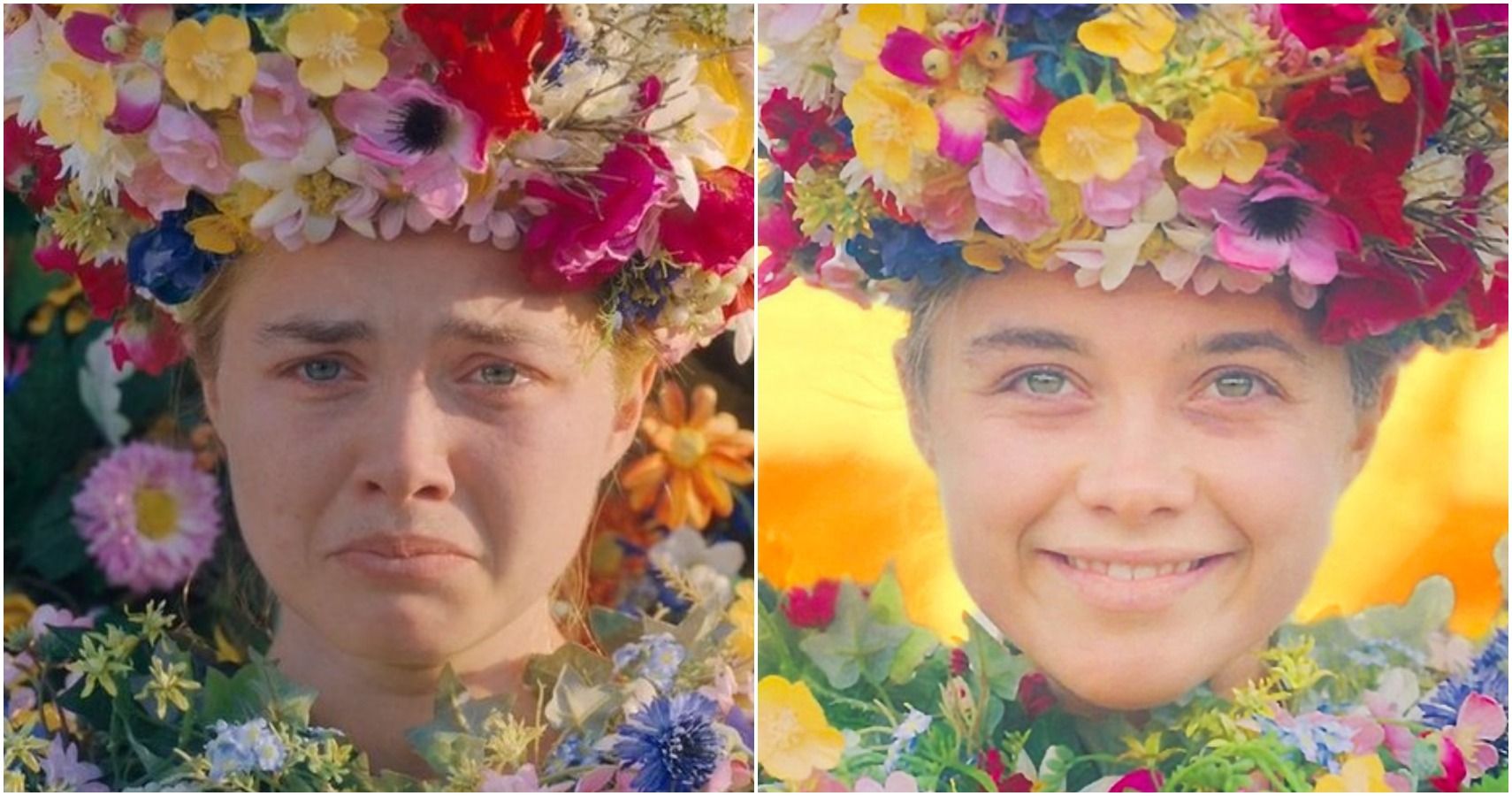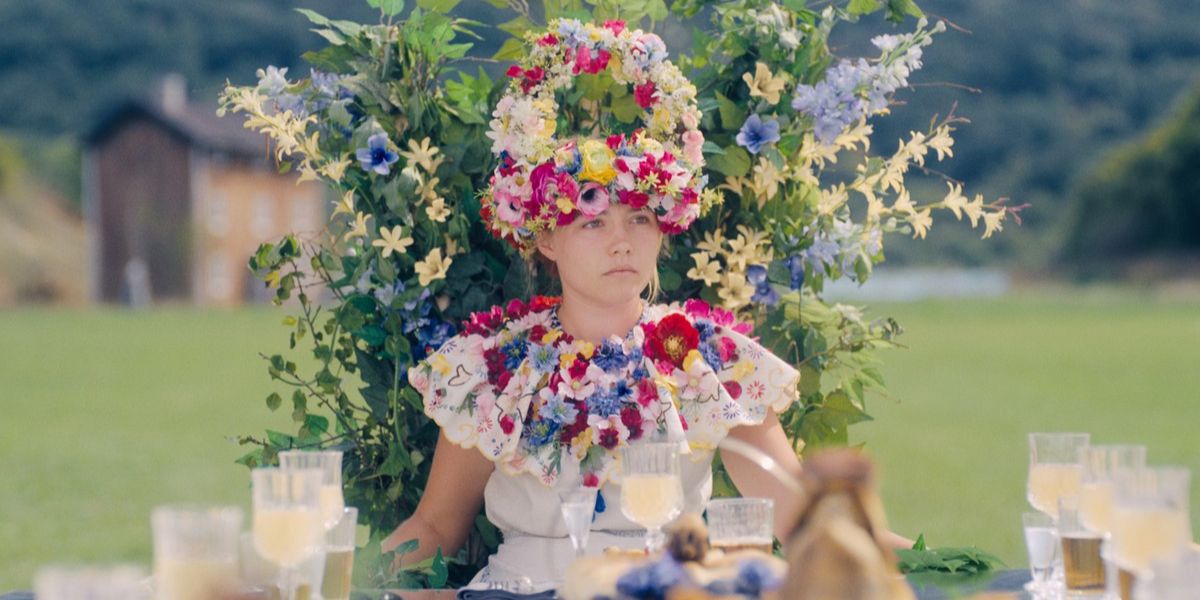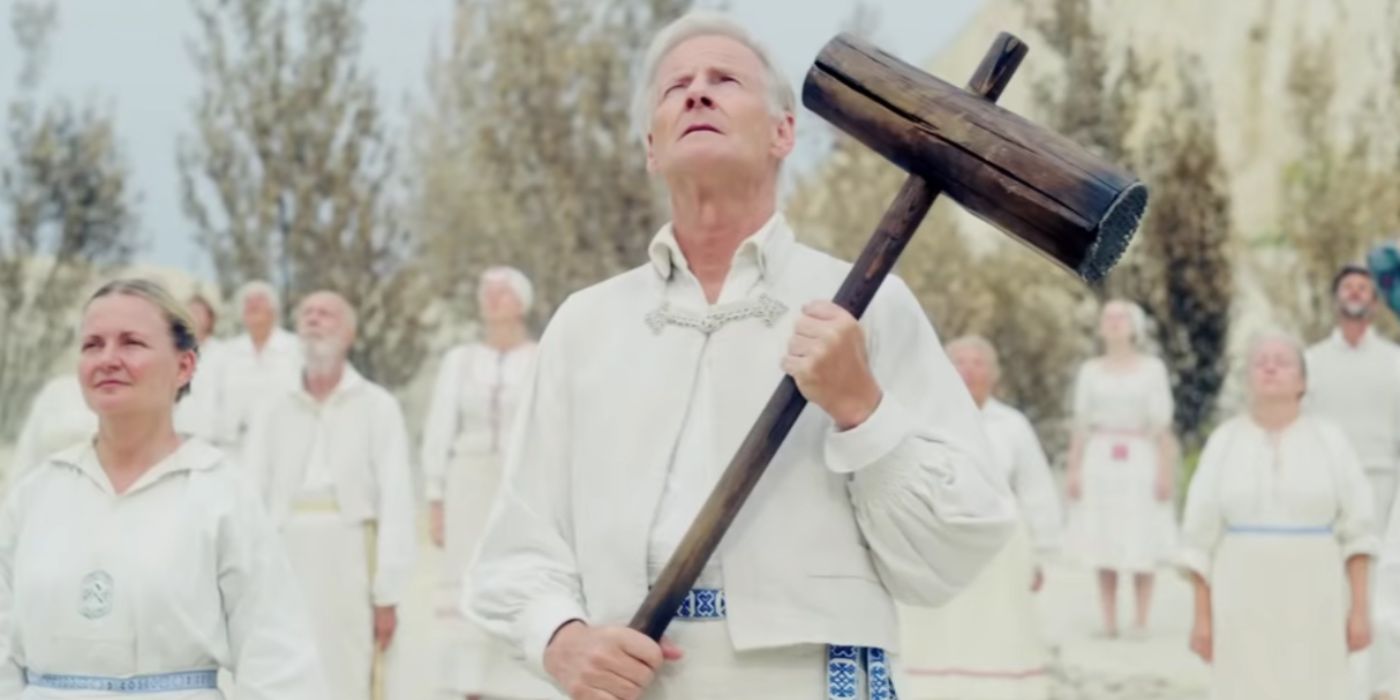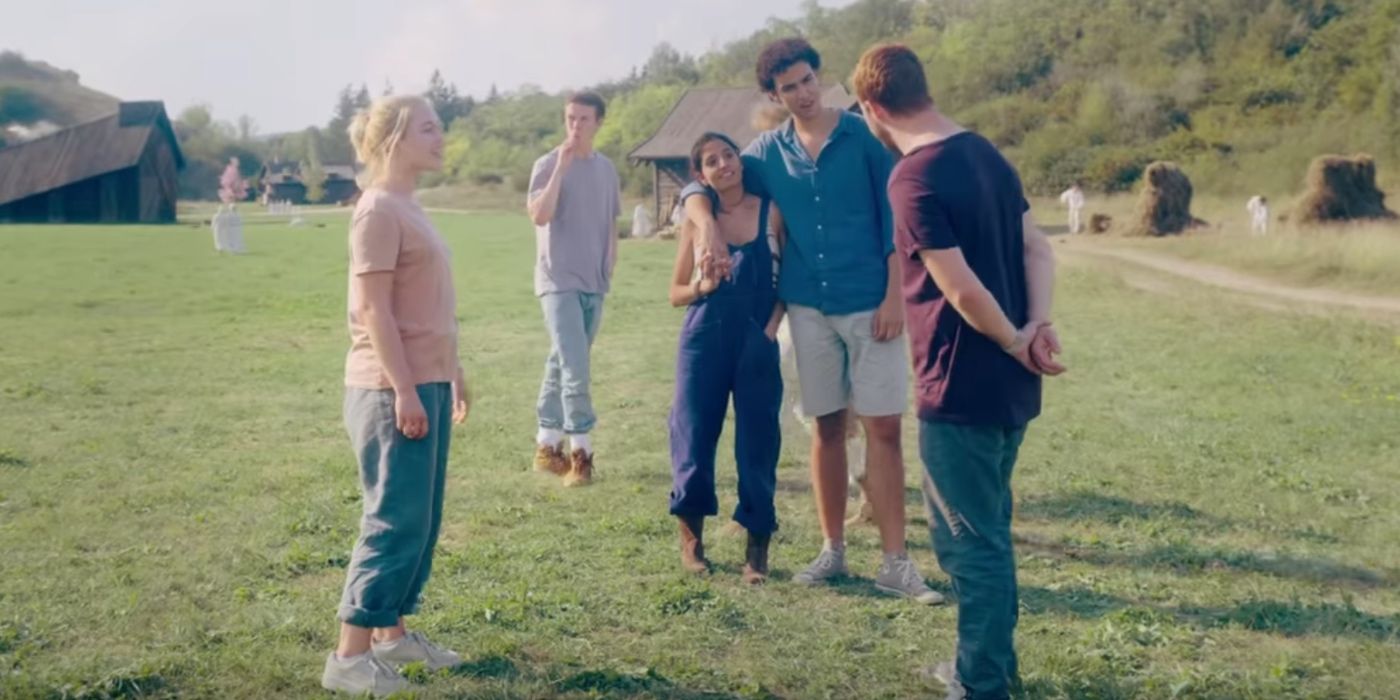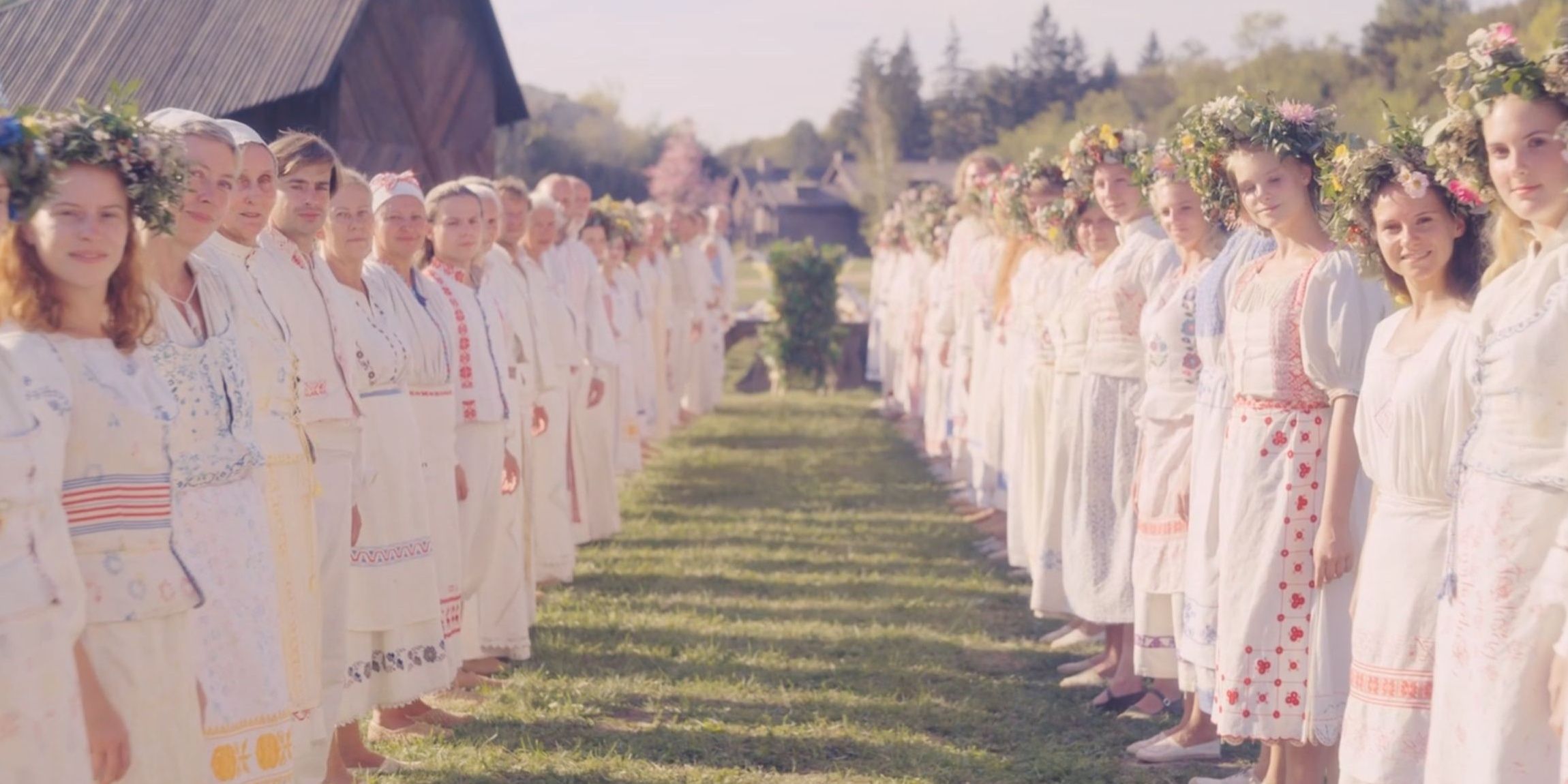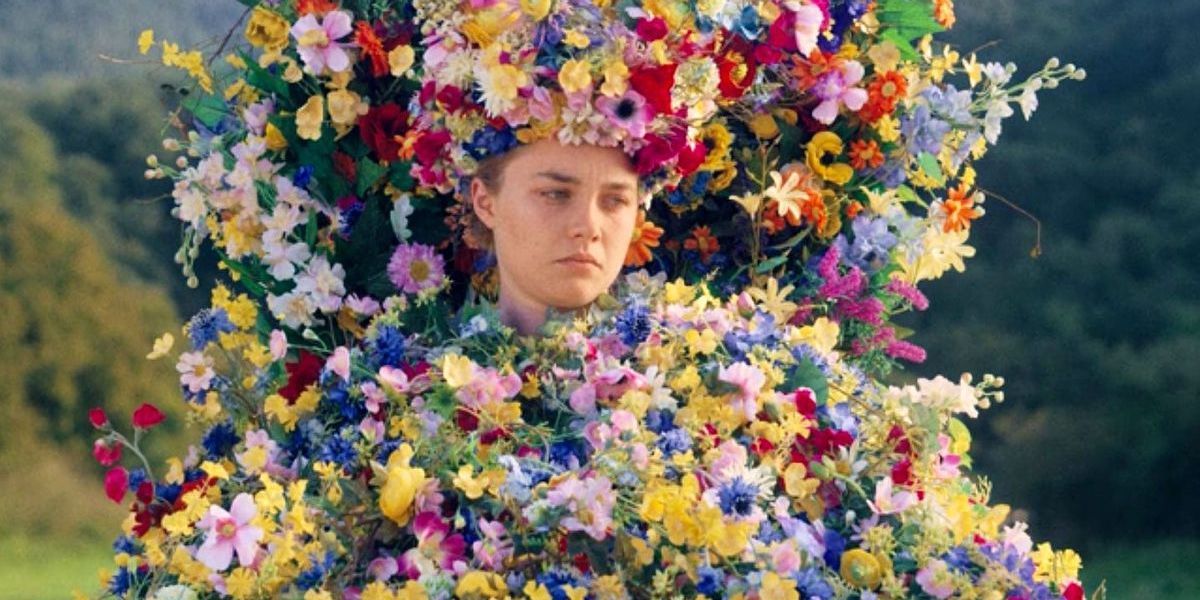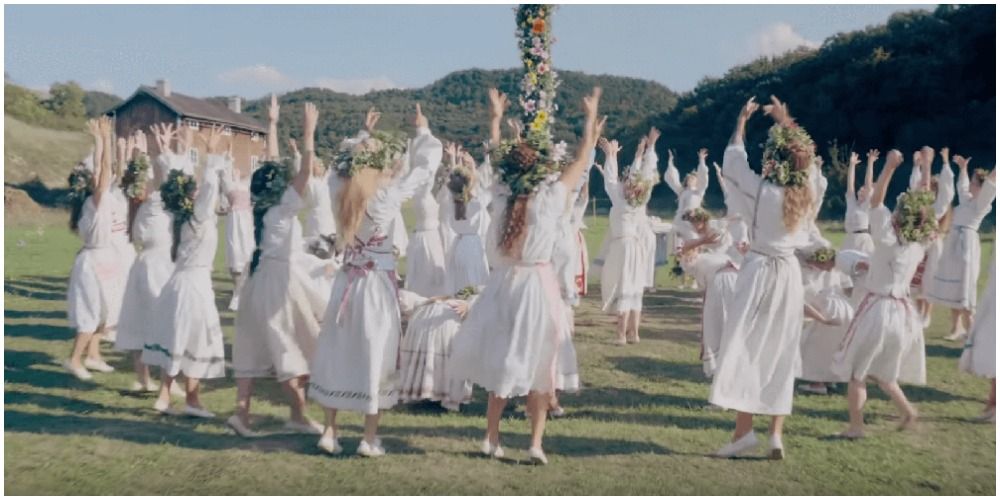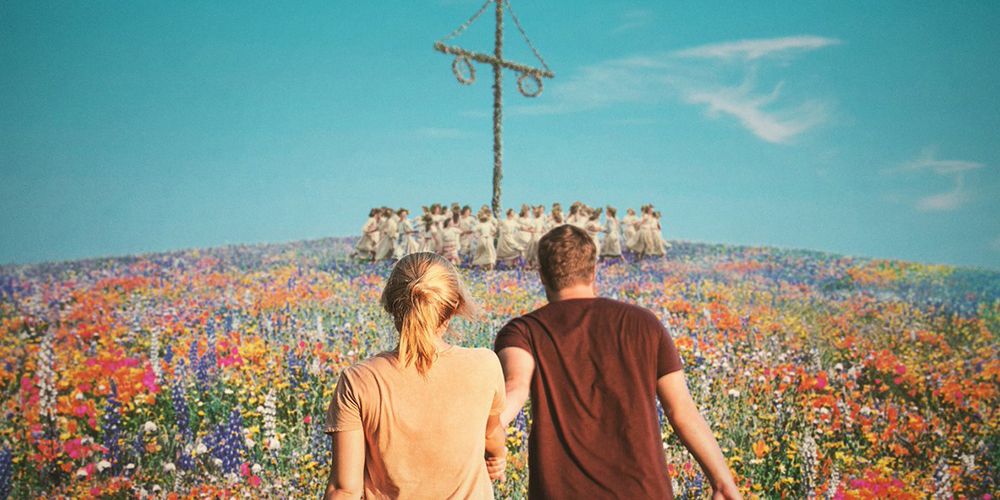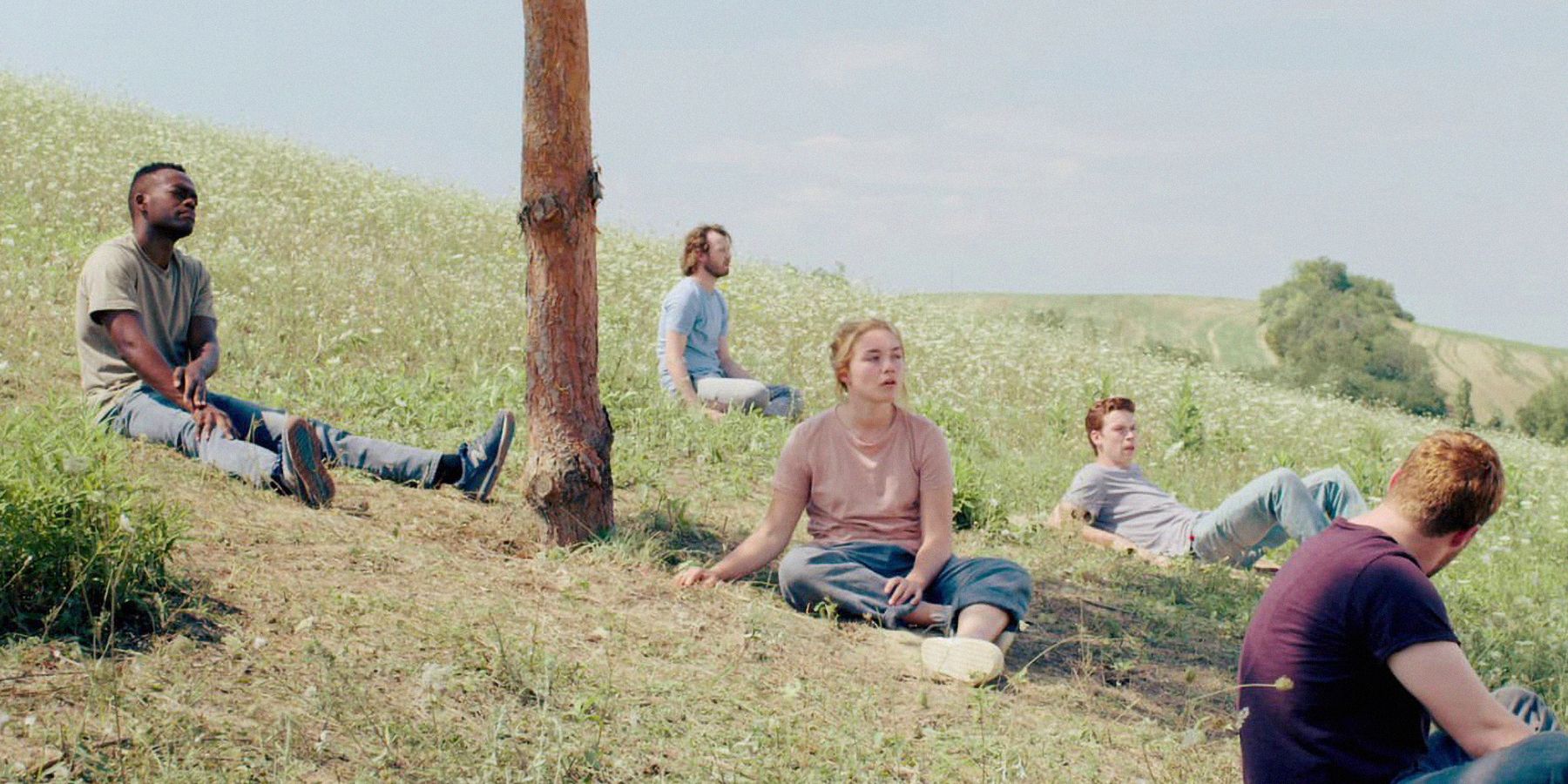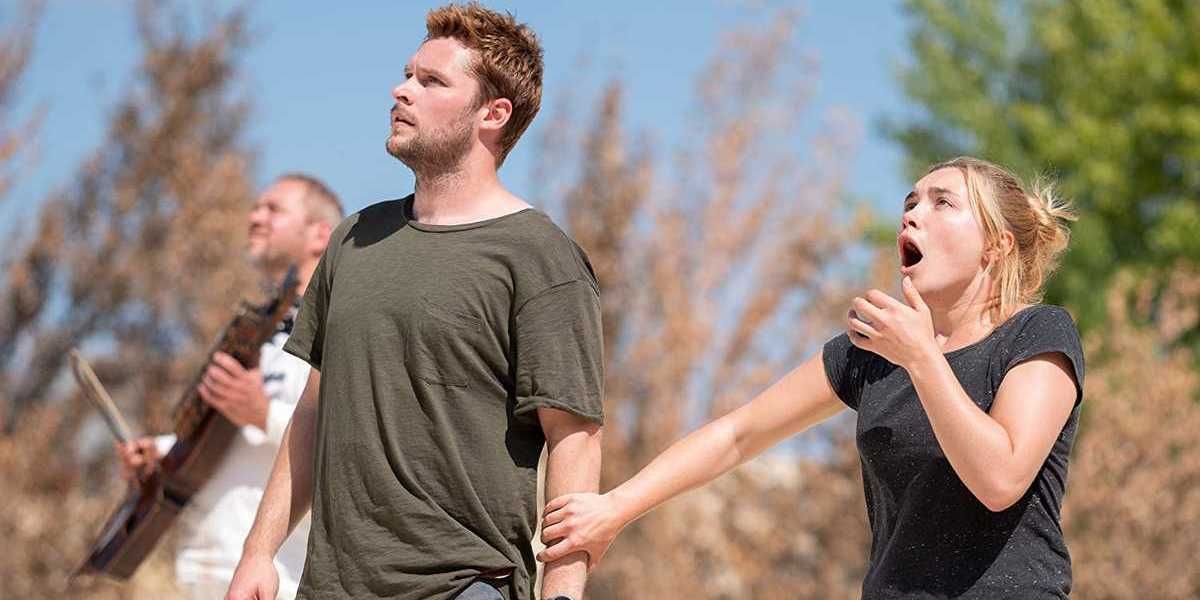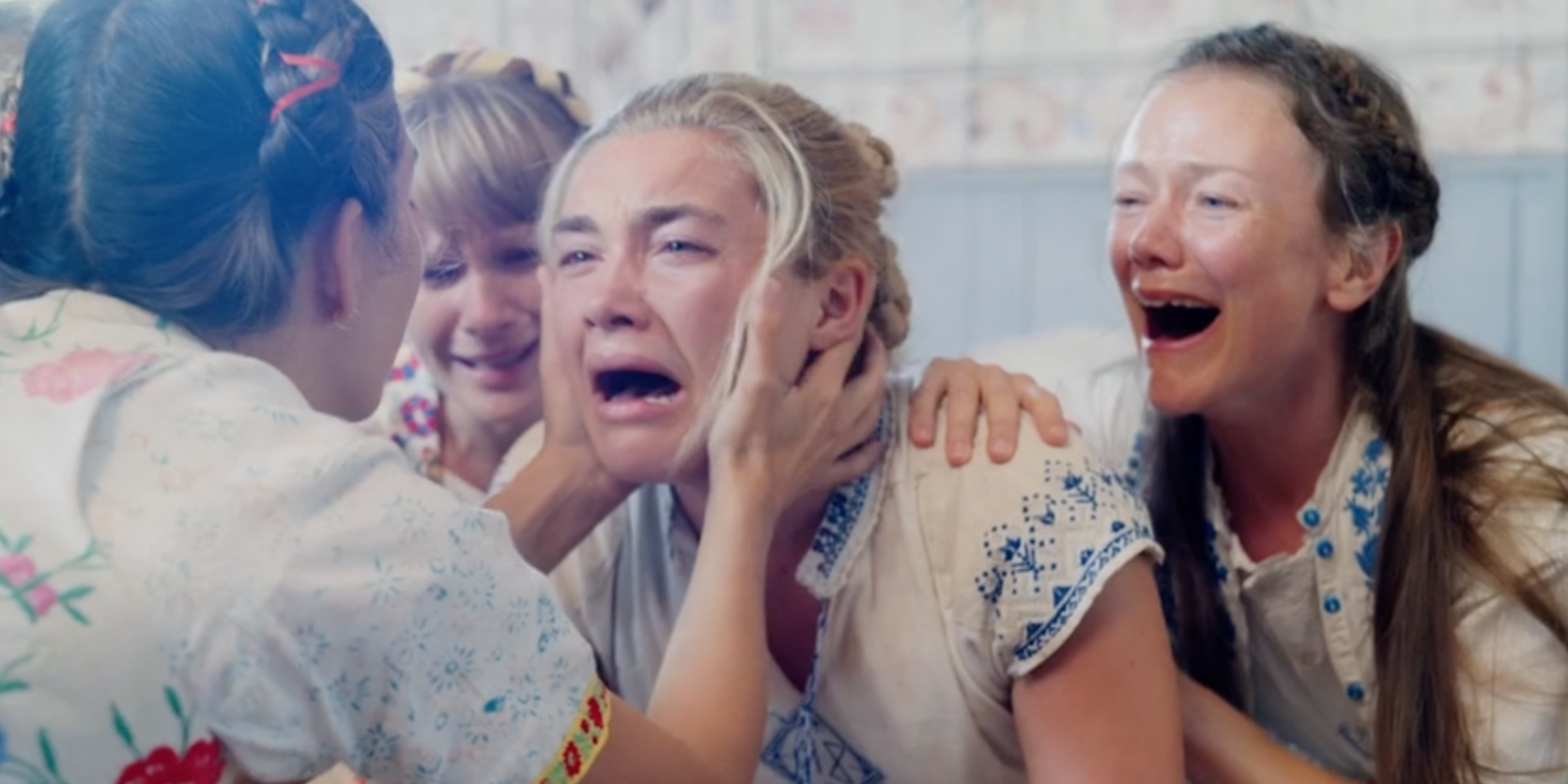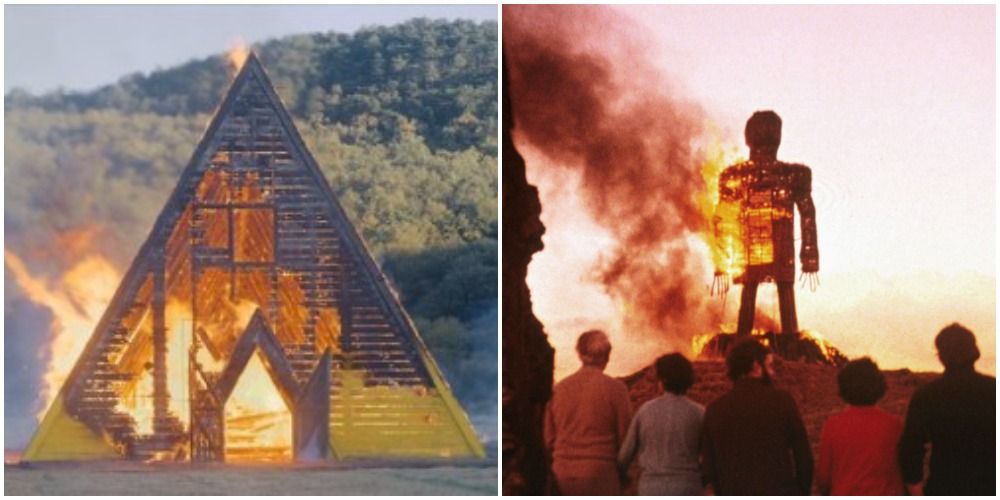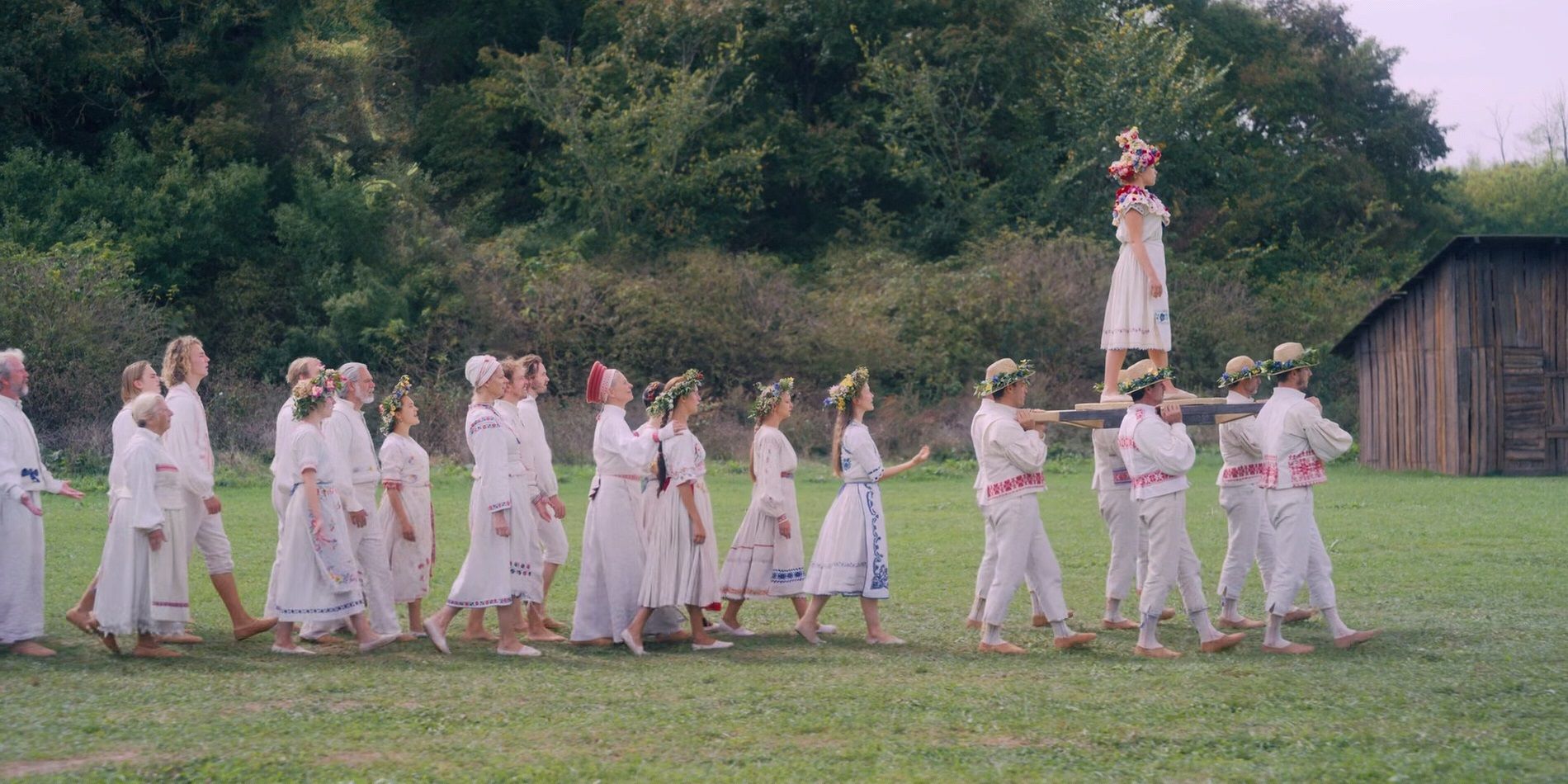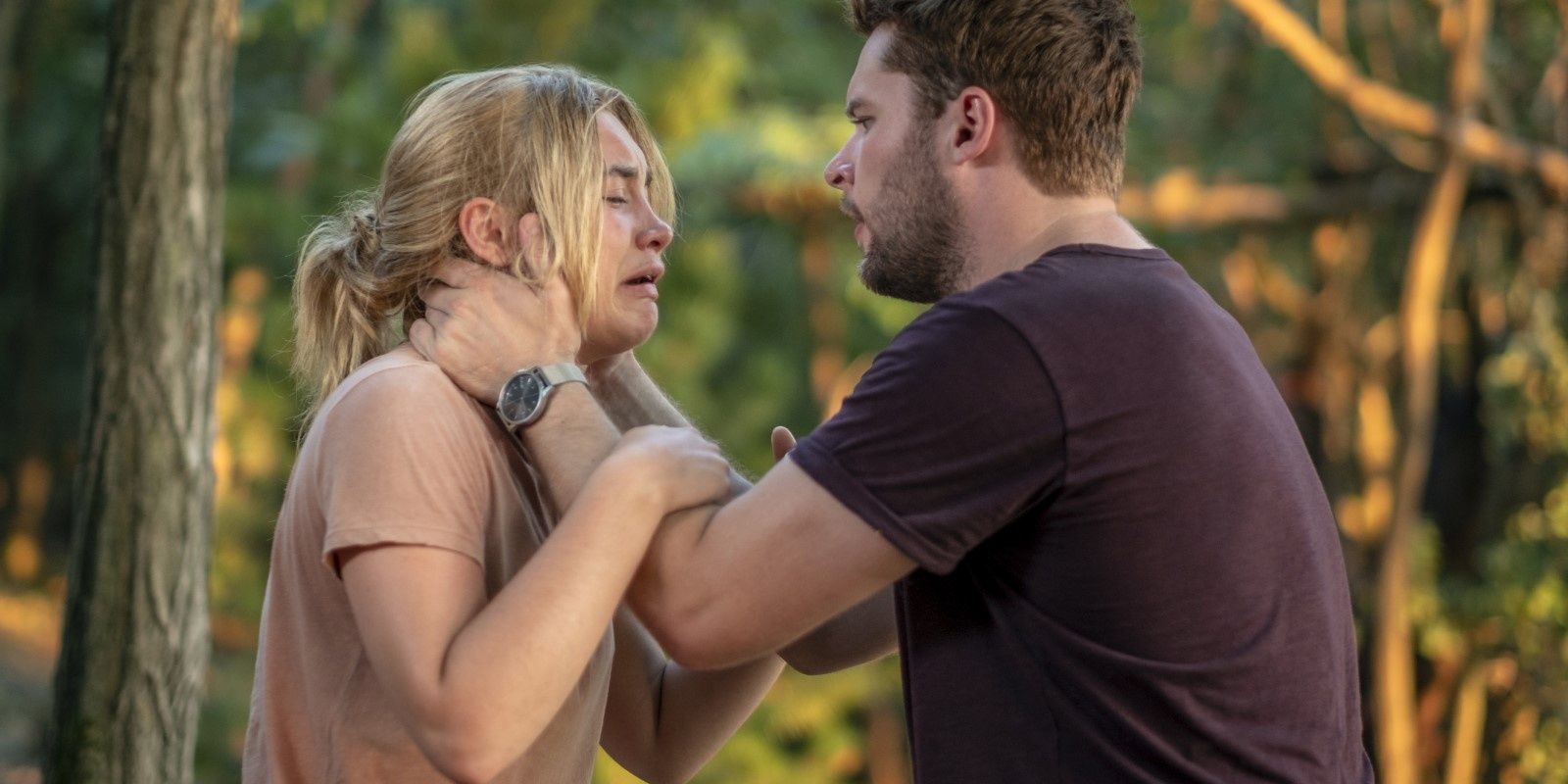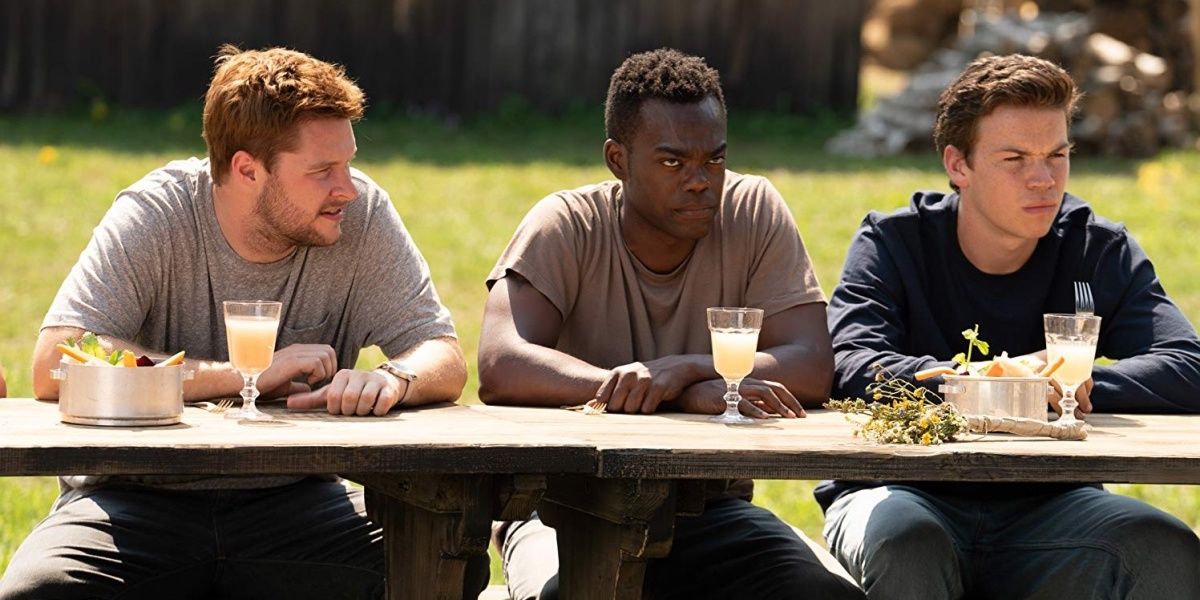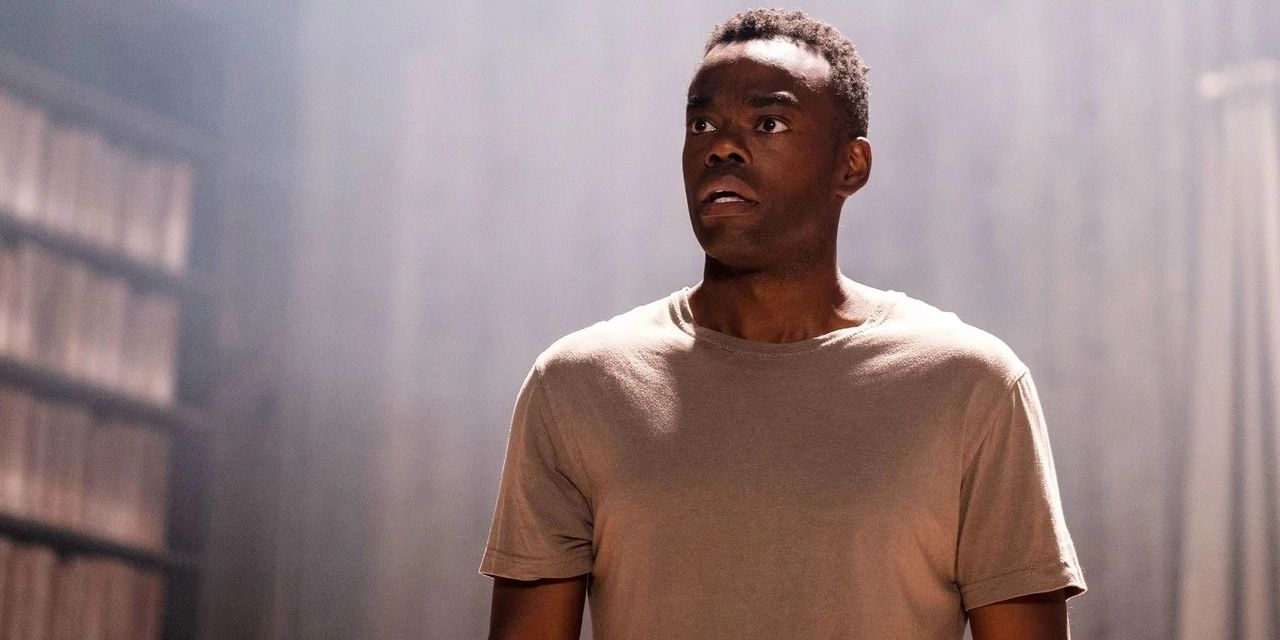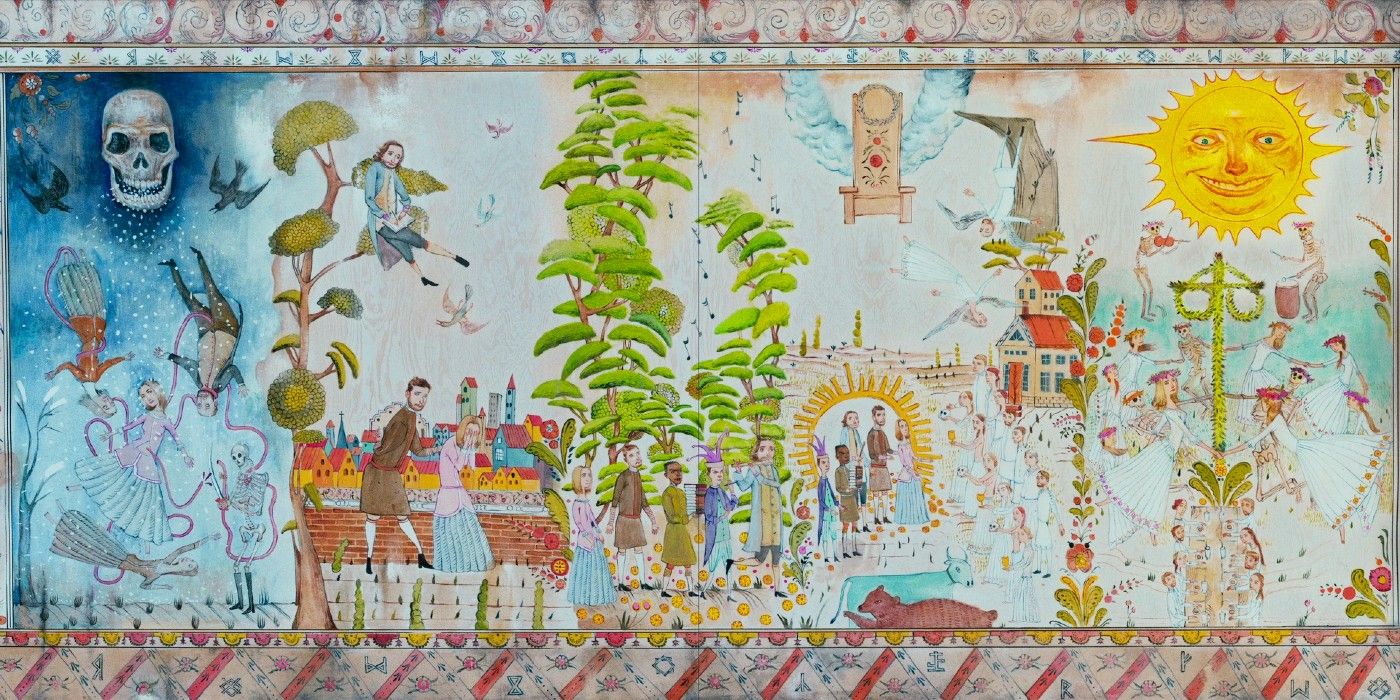Writer and director Ari Aster's prompt followup to his hugely successful first feature-length movie, Hereditary, proved somewhat more divisive than his debut and still inspires debate amongst horror movie fans, and general audience members, as to whether it does or doesn't deserve its still very high level of critical acclaim.
The numerous conflicting opinions can be very confusing to newcomers to the movie. So, with this in mind, let's break down the arguments for and against the movie being worthy of its modern classic status to try and better determine whether Midsommar really is as good, or bad, as some people say that it is.
Updated on October 1st, 2020 by Mark Birrell: With Midsommar still inspiring debates and discussions about its meaning, now is a great time to expand our examination of the movie's polarizing nature with some more points on why some people love it and why others hate it.
Best: A High Level of Attention to Detail
Midsommar is always trying to be quite the trip and it often succeeds via a number of deliberately disorientating tactics and insidious images lurking in the background.
The characters' descent into drug-induced hysteria is helped along greatly by tiny details like pupil dilation and more subtle flashes of grotesque imagery give the movie an unsettling tone.
Worst: A Fatal Lack of Subtlety
Midsommar, to put it bluntly, likes to hit the audience over the head with things. Scenes can be incredibly drawn out while their conclusions are quite obvious from the beginning and it can inspire tedium in audience members.
There's also very little ambiguity in people's intentions or motivations, meaning that the entire course of events within the story feels cut and dried from the start but this does, however, play into one of its better qualities...
Best: Interesting Themes
The cyclical nature of both the plot and the customs of the Hårga commune play into the notion that Midsommar uses its stock horror movie origins to create a deconstruction of the genre. This being only one of a number of recurring themes throughout.
The act of breathing, for example, is highlighted by numerous scenes and ties directly into Midsommar's most well-known subtext, that being Ari Aster's exploration of breakup dynamics through the main characters.
Worst: Bad Genre Clichés
With so many triumphs in execution, Midsommar should logically be a certified home run with horror movie fans but the plot has as many tired tropes and clichés propping it up as it does innovative ideas.
Conventional characterization within the movie is a subject within itself, which we'll get to later, but the hackneyed structure alone is enough to give a genre fan a headache. No self-respecting horror aficionado was surprised when the movie's only non-white couple was the first of the core group to get bumped off and it's disappointing, to say the least, every time that it happens.
Best: Good Cinematography
Ari Aster reteamed with Hereditary's director of photography, Pawel Pogorzelski, on Midsommar and the two maintained the high standard that their debut together set.
The relatively limited environment is never dull to look at and Pogorzelski demonstrates a clear eye for beauty in the natural landscapes of the movie.
Worst: Over-Stylization
One thing that takes away from the power from the cinematography is that the movie itself does not seem to have enough faith in it to tell the story or make it interesting to watch.
Midsommar's consistent urge to jazz up the visual style of the movie with digital effects, needlessly odd scene transitions, and cultural iconography that has no real influence on the story, overstuffs the movie for many and makes it appear like it can't identify what does and doesn't work about itself.
Best: The Music
One aspect of the movie that benefits from lots of variation, however, is its excellent score.
Bobby Krlic, a.k.a. The Haxan Cloak, weaves a rich tapestry of folk music sounds that go a long way in relaying the intended emotion of a scene to the potentially-confused audience.
Worst: It's More Than a Little Pretentious
So many of the movie's finer points simply aren't enjoyable in any way for certain people because they come off as overly serious and therefore pretentious.
The real damning quality of this is that Midsommar is always a genre movie yet often comes off as being ashamed to be identified as such, potentially appearing as if it's finding ways to trick the audience into thinking that it has a level of complexity and importance that transcends its conventional gore and stereotypes.
Best: It’s Grounded in Realism
Similar to Hereditary, Midsommar is constantly mindful of ways that it can make its outlandish story seem grounded in a relatably real world.
Practical effects and smart set building go a long way in bringing the nightmarish qualities in Midosommar to life in an impactful way.
Worst: It Still Isn’t Believable
So much of Midsommar's realism feels pointless when factoring it against the unbelievable nature of the story, the one-dimensionality of the characters, and the scripted feeling of the dialogue.
A staple of unoriginal horror screenplays is characters who seem to have absolutely no regard for their own safety and it's a convenient trope that the movie's characters stick to even after watching a gruesome murder happen right in front of them.
Best: Exploration of Mental Health Issues
Midsommar's story grapples with a number of mental health issues that the movie takes seriously and explores through events in the plot.
Chronic depression, trauma, emotional dependency, abusiveness, and communal support are all touched on by the story and the relationships between the characters.
Worst: It's Quite Derivative
The most distinct qualities of Midsommar's overall structure are quite commonplace for fans of the horror genre and this can be irritating depending on your level of understanding regarding the movie's obvious influences.
The most prevalent is quite clearly Robin Hardy's 1973 British folk horror movie classic, The Wicker Man, making Midsommar still feel as if it were a remake to many people and its Kubrickarian aspirations can often only serve to highlight the movie's shortcomings.
Best: People Are Still Talking About It
Most movies tend not to inspire the level of debate and discussion that Midsommar has and, if they do, it's usually not for very long.
Anything that's sold as a horror movie has a tendency to be picked up and put down for good after about a week or two at the most, yet people are still talking about Midosmmar and they look as if they will be doing so for quite some time yet.
Worst: Annoying Characters
While irritating main characters are no strangers to the horror genre, particularly within the types of horror movies that Midsommar so clearly emulates, the basic fact remains that it's much easier to write annoying characters than it is to write likable ones.
The movie's inconsiderate students frequently stray beyond examinations of toxicity and into the realm of convenient jerks who the audience can root for the grisly death of.
Best: Performances
Though many of the characters may be run of the mill, the acting is far from it with even the most one-dimensional characters having impressive performances devoted to them.
Florence Pugh's central performance takes the most praise from critics and fans alike but the entire ensemble never appears anything other than totally committed to the script, no matter how ridiculous the scenario may be.
Worst: It's Not Actually Very Scary
Scary is most definitely a concept that is wholly subjective but there are consensuses on the subject. Otherwise, horror wouldn't really be a genre at all, let alone the vast and very well-defined one that it is. Midsommar, however, defies the genre's conventions in ways that are little more than unsatisfying for many people.
As prolific horror movie producer Jason Blum put it in an interview with Konbini, "If you don't really understand horror, [pointing at a copy of Midsommar] you'll like this movie... There is a difference between movies that are just disturbing versus movies that are super scary, and I like to think that most of the movies that we do [referring to his immensely successful production company, Blumhouse] are just super scary as opposed to just showing things that are gross. And what this was full of was showing things that are gross."
Best: It's Atmospheric
What Ari Aster is able to cultivate throughout the movie is bucket loads of atmosphere and Blum is quite correct. Even if it doesn't meet the criteria for horror, it is still a disturbing story.
There is a certain dreamlike quality to the course of events that has the power to make Midsommar a unique experience, even if it isn't necessarily an enjoyable one.
Worst: It’s a Slasher Movie, Only Twice as Long
So many of Midosommar's detractors cite the length as a key grievance that they have with the movie and it's not an invalid thing to point out.
The morbidity of the slasher movie is atoned for in the eyes of fans due to the fact that the subgenre embraces its place as entertainment. Midsommar, however, possesses an epic running time befitting a movie with far more deeply explored ideas and characters. A fact that isn't helped by the movie's repetitive insistence of mapping out events in its own plot before they happen.

